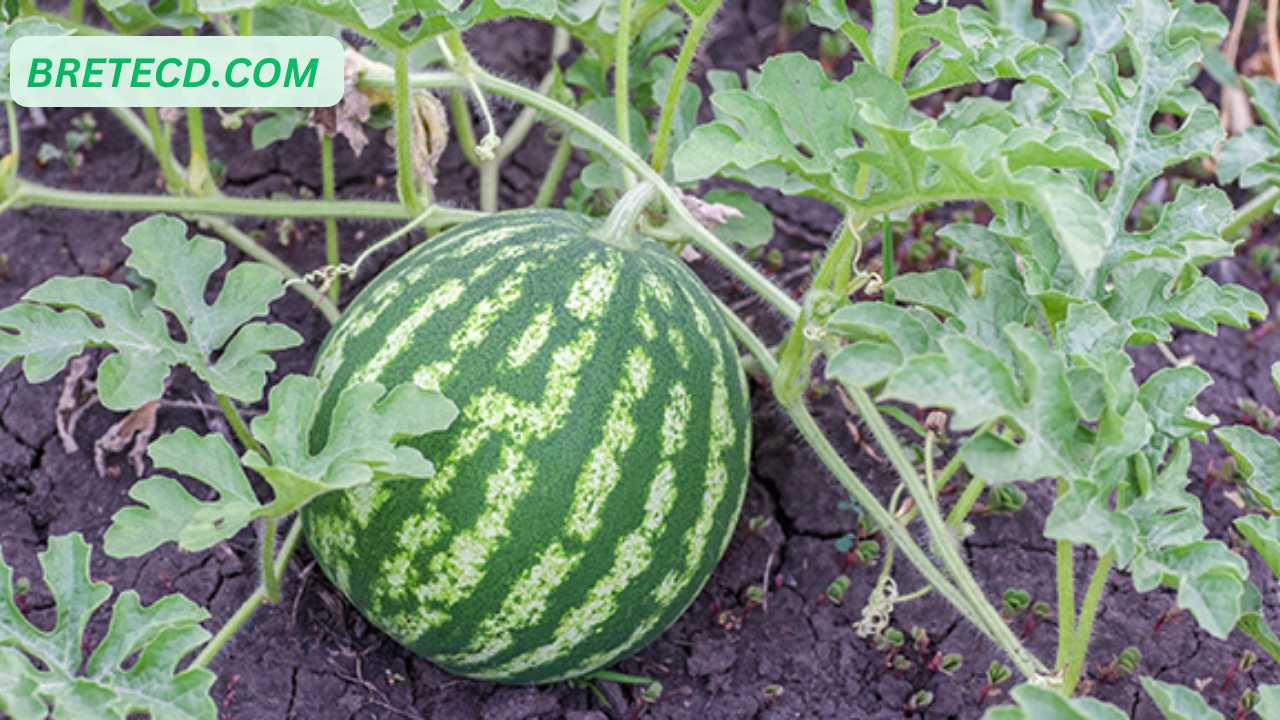Few things epitomize summer like biting into a juicy, sweet watermelon on a hot day. Growing your own sweet watermelons at home is a rewarding experience that promises the taste of sun-ripened perfection. In this guide, we’ll explore the key steps and tips to ensure your journey into cultivating sweet watermelons results in delicious summer delights.
- Selecting the Right Varieties:
Choose watermelon varieties known for their sweetness and suitability to your growing region. Popular sweet varieties include Sugar Baby, Crimson Sweet, and Charleston Gray. - Ideal Planting Time:
Watermelons thrive in warm temperatures, so plant seeds or seedlings after the last frost has passed. Aim for soil temperatures around 70°F (21°C) for optimal germination. - Sunlight Requirements:
Watermelons are sun lovers, requiring at least 8 hours of direct sunlight daily. Choose a location in your garden that receives ample sunlight to encourage healthy plant development and sweet fruit. - Rich and Well-Draining Soil:
Watermelons prefer nutrient-rich, well-draining soil with a slightly acidic to neutral pH. Incorporate organic matter, such as compost, into the soil before planting to ensure a fertile growing environment. - Ample Space Between Plants:
Watermelon vines spread generously, so ensure proper spacing between plants. This prevents overcrowding, allows for good air circulation, and minimizes the risk of diseases. - Deep and Infrequent Watering:
Watermelons have deep roots, so water deeply but infrequently. This encourages the roots to reach down into the soil for moisture. Avoid overwatering, which can lead to root diseases. - Mulching for Moisture Retention:
Apply a layer of mulch around the watermelon plants to retain soil moisture and suppress weeds. Mulching also helps regulate soil temperature, promoting optimal growth. - Supporting Growing Vines:
Watermelon vines can become heavy with fruit, so provide support for the growing vines. Use trellises or slings to lift melons off the ground, preventing rot and ensuring even ripening. - Fertilizing at the Right Times:
Feed your watermelon plants with a balanced fertilizer before planting and again when vines start to run. Be cautious not to over-fertilize, as this can lead to excessive foliage growth at the expense of fruit development. - Pruning for Productivity:
Prune watermelon vines selectively to encourage airflow and sunlight penetration. Focus on removing excess leaves and side shoots to redirect energy toward fruit production. - Pollination Assistance:
Watermelon plants require pollination for fruit set. Encourage pollinators like bees, or consider hand-pollination by transferring pollen from male to female flowers using a small brush or cotton swab. - Harvesting at Peak Ripeness:
Determine watermelon ripeness by looking for a dull surface, a creamy yellow spot (where it rested on the ground), and a hollow sound when tapped. Harvesting at the peak of ripeness ensures the sweetest flavor.
Conclusion:
Growing sweet watermelons at home involves a combination of careful planning, attention to detail, and a touch of patience. By following this guide, you’ll be on your way to cultivating mouthwatering summer delights that will be the highlight of your garden and bring joy to your summer gatherings. Happy growing and savoring those sweet moments!
